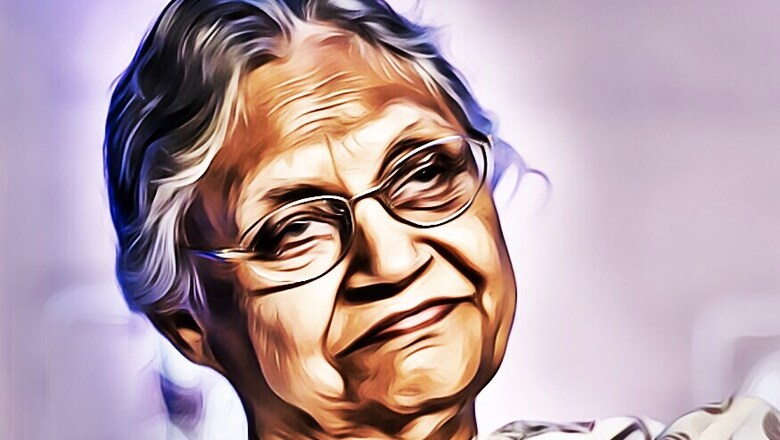
views
New Delhi: Sheila Dikshit’s political career is remarkable not only for the crises she overcame to become Delhi’s longest serving chief minister, but also for having travelled the distance in a field known to be dominated by men.
In her autobiography titled Citizen Delhi: My Times, My Life, Dikshit talks about overcoming her shyness to campaign for elections, "walking down the lanes of Chandni Chowk in Old Delhi, beating a thali with a rolling pin". She also recalled the "sense of thrill" she felt while walking into the secretariat as a Chief Minister for the first time, and the time she faced-off against then CM Sushma Swaraj.
In a chapter titled ‘In Campaign Mode for Delhi’, Dikshit shares a candid insight into her 1998 election campaign for the Delhi assembly. Not having a political background and keeping away those accused in the 1984 anti-Sikh riots worked in her favour, she says.
"My advantage, I assumed, was that I was not encumbered by political baggage. Unlike the other Delhi leaders, who were closely identified with one or another community such as Jats or Gujjars, or associated with the violence that had rocked Delhi in the wake of Indira Gandhi’s assassination, I had a neutral persona. Congressmen who were facing court cases to do with the 1984 anti-Sikh violence were also kept away from the election campaign,” she says.
One of the interesting anecdotes in the book is about Dikshit’s “face-off” against Sushma Swaraj, now the country’s External Affairs Minister.

Dikshit also touches upon the difficulty of running the Delhi government, which has to take permission from the Centre every time it needs land or needs to deal with the police force — an issue repeatedly raised by the current AAP government.
"The bottom line was that full statehood or not, to the people of Delhi, the Chief Minister, signified the face of governance. They would not have much patience for a chief minister trying to explain an underwhelming ‘report card’ by enumerating all the areas that fell outside her jurisdiction.”
“There are two ways of dealing with such situations. One can throw up one’s hands and say it is impossible to perform under these circumstances or negotiate one’s way through innumerable minefields in the belief that the primary aim is to deliver on the promise of governance," she says.
Among some of her most emotionally charged chapters was one titled ‘My First Reforms’ in which she talked about implementing the ambitious CNG scheme.
Calling it a “nightmare”, Dikshit said the idea was faced with hurdles right from the word go.
"It was a nightmare. While DTC was phasing out part of its fleet, there were not enough CNG buses to replace them. The citizens of Delhi had to bear the inconvenience. The lack of buses hit schools hard, and school children and their parents even harder. Bus stops were overflowing. There were long queues lasting eight to ten hours in the few CNG fuelling stations that had become operational.”
"It seemed to me that Delhi’s drive against pollution stood a better chance of success if the CNG campaign was simultaneously accompanied by steps to increase the city’s green cover, which in turn would benefit from making rainwater harvesting structures a part of all new construction. If these measures were complemented by steps to curb the use of plastic bags and encouragement to explore solar energy options, together they would go a long way in addressing the urgent need to cure the city’s ailing lungs."




















Comments
0 comment